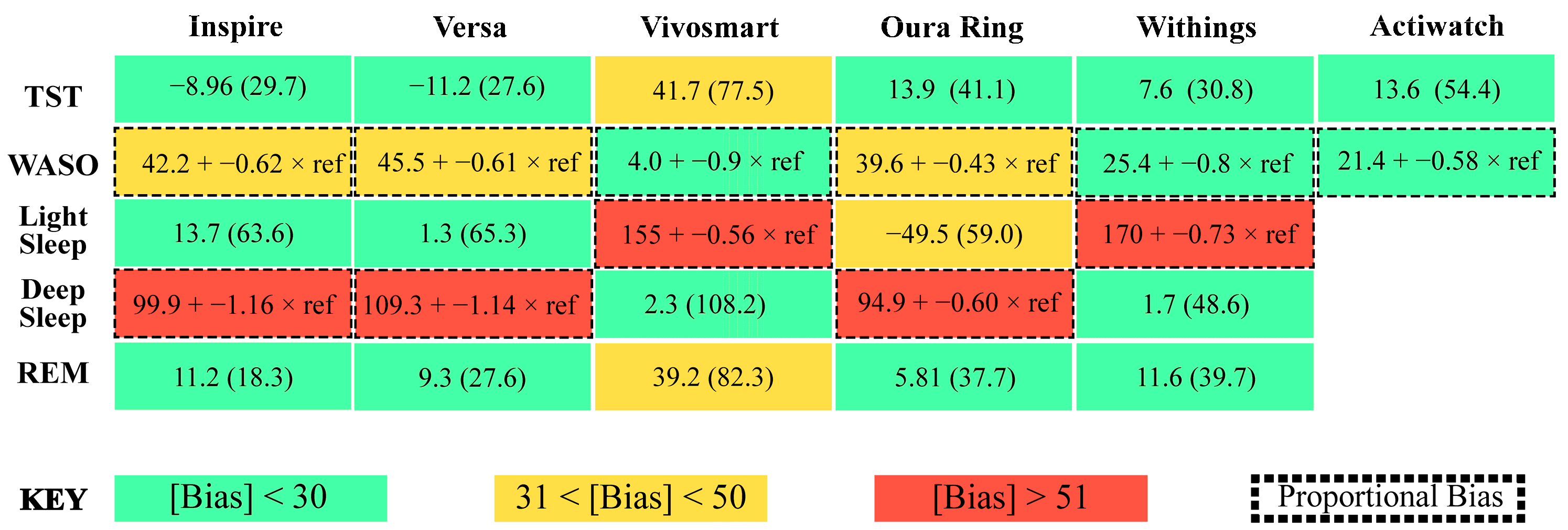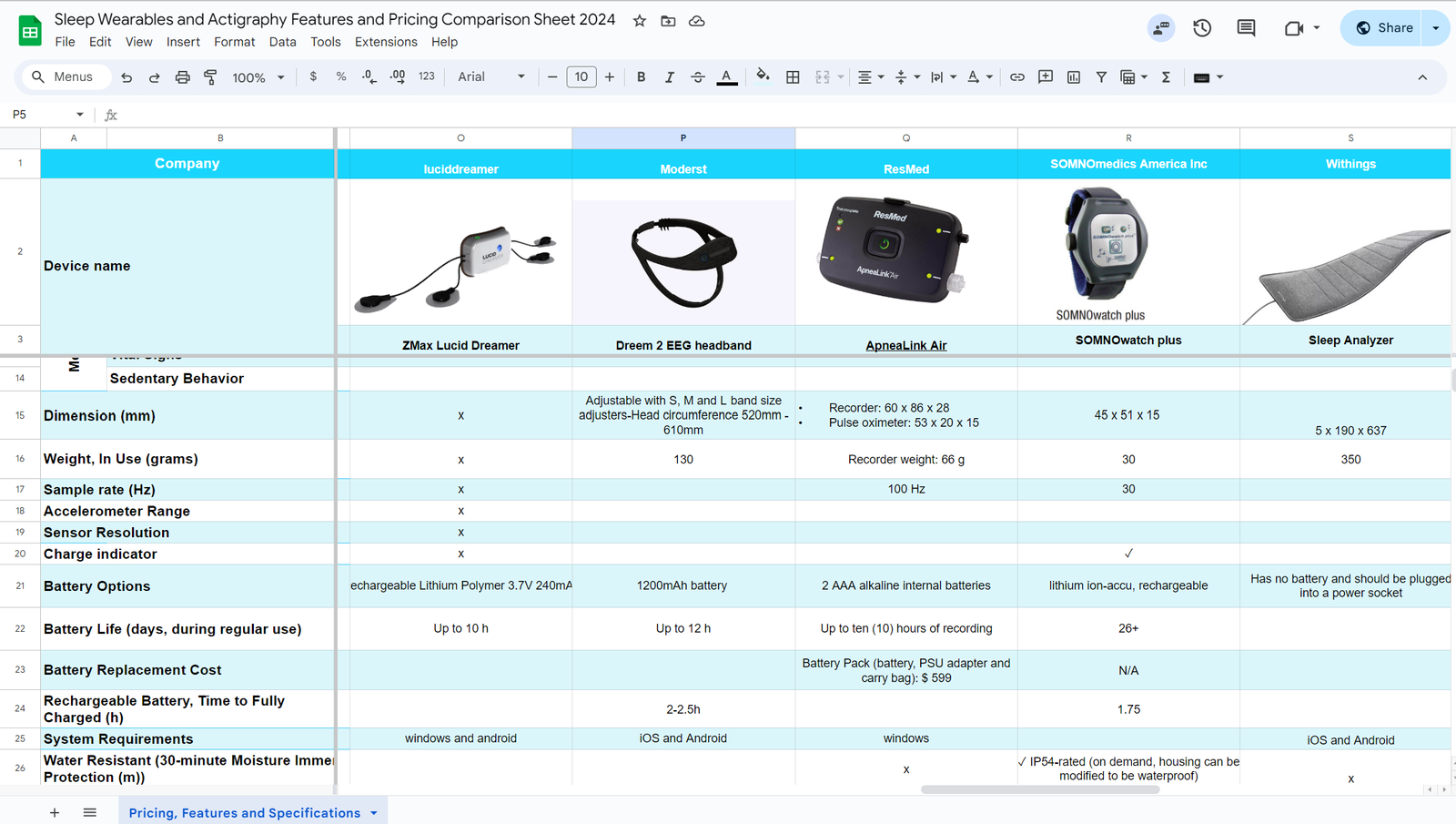Sleep Device Scientific Validation: How Accurate Are They?
If you’ve ever wondered whether your smartwatch or sleep ring is truly telling you the full story about your sleep quality—you’re not alone. In a world flooded with consumer sleep tracking devices, from the Oura Ring to the Apple Watch and everything in between, one question cuts through the marketing noise: How scientifically valid are these devices compared to clinical sleep tests?
At NeuroTechInsider.com, we put sleep tech under the microscope. Our mission? Delivering deep, data-driven reviews of non-invasive wearables that promise better rest, mood, and mental clarity. From light-sound stimulation to EEG headbands, we track the science, not just the specs. This article will unpack the latest research on how well these devices stack up against the clinical gold standard: Polysomnography (PSG).

Why Scientific Validation Matters
When you rely on a wearable to gauge your rest and recovery, you’re placing your trust in algorithms and sensors—often with little transparency. But here’s the catch:
- Not all sleep devices are created equal
- Many fail to accurately detect when you’re awake
- Some struggle to identify deep or REM sleep reliably
Sleep tech can help or harm depending on its accuracy—especially for people with insomnia, ADHD, or burnout symptoms.
This is why scientific validation—rigorous comparison against PSG in sleep labs—is essential.
How Are Sleep Devices Scientifically Validated?
Validation studies typically involve participants using a wearable device while simultaneously undergoing a polysomnography (PSG) session in a sleep lab. PSG tracks brainwaves, eye movement, muscle tone, heart rate, and respiration. Then, researchers compare data from both sources—usually on a 30-second interval basis, called an epoch-by-epoch comparison.
Key Validation Metrics
- Accuracy: Percentage of correctly identified sleep vs. wake periods
- Sensitivity: Device’s ability to correctly detect sleep
- Specificity: Ability to correctly detect wake periods
- Agreement rates: How well total sleep time, efficiency, and stages match PSG
Check out this visual from the MDPI journal on how these metrics are calculated across device types:

What the Science Says: Key Research Findings
1. Sleep/Wake Detection Accuracy
Most modern devices do a decent job when it comes to identifying whether you’re asleep—scoring over 90% accuracy in many studies. But wake detection? That’s where things get tricky. Devices often misclassify quiet wakefulness as light sleep. In fact, the correct identification rate for wake can drop to just 26% to 73%.
2. Sleep Stage Classification
This is where the cracks really show. Detecting whether you’re in REM, deep, or light sleep is a lot harder than just spotting when you’re snoozing. Most consumer devices have sleep stage accuracy rates between 50% and 60%. Some do better—particularly those with EEG capabilities.
3. EEG-Based Devices Lead the Pack
Wearables like Somfit and Dreem that use portable EEG sensors show stronger results for tracking sleep architecture. EEG captures electrical activity in your brain, the most direct method for identifying REM and deep sleep phases. These devices tend to have an intraclass correlation coefficient (ICC) of over 0.75—meaning high agreement with PSG data.
Want a closer look at EEG vs. accelerometer-based trackers? We break it down in our guide to brain-sensing headbands.
Device Spotlight: Who’s Performing Best?
Here’s what recent validation studies reveal about the most popular devices in the market:
- Oura Ring: ~89% sleep/wake accuracy, ~53% for sleep stages. Great for trends, not for clinical precision.
- Apple Watch: ~88% sleep detection. More reliable for total sleep time than sleep architecture.
- ReadiBand: 93% sleep/wake accuracy. One of the highest-performing wearables for long-term use.
![]()
And for visual learners, here’s a comprehensive feature comparison by actigraphy:

Want deeper comparisons between these brands? Read our breakdown of the Best Validated Sleep Trackers of 2025.
Limitations You Should Know
1. Lower Accuracy in People with Sleep Disorders
Devices tend to perform best in healthy sleepers. But when tested on people with insomnia, fragmented sleep, or apnea, the accuracy of both sleep/wake detection and stage classification drops significantly.
2. Proprietary Algorithms Make Review Difficult
Most sleep tech companies don’t disclose how their detection algorithms work. That means third-party researchers and consumers are often in the dark about why a device made a certain judgment. This lack of transparency can make validation a moving target.
We’ll continue with the summary table and conclusion in the next part of the article.
Scientific Validation Summary Table
Here’s a quick-reference chart that distills the validation research of today’s top consumer sleep devices. Use this to benchmark what’s backed by science—and what might just be overpromising.
| Device | Sleep/Wake Accuracy | Sleep Stage Accuracy | Notes |
|---|---|---|---|
| Oura Ring | ~89% | ~53% | Solid for trends, not individual diagnosis |
| Apple Watch | ~88% | Moderate | Better for total sleep time than staging |
| ReadiBand | 93% | Not specified | One of the most accurate for sleep/wake detection |
| Portable EEG | >0.75 ICC | High | Best for at-home sleep staging |
| Fitbit / Garmin | 85–90% | 50–60% | Varies by model and firmware updates |
Final Verdict: Can You Trust Consumer Sleep Devices?
So here’s the TL;DR: Consumer sleep tech is getting better, but it’s not quite clinical-grade. If you’re a healthy sleeper looking to track trends, build better habits, and experiment with brain-enhancing tools, validated wearables are a solid bet. But if you’re dealing with serious sleep disorders, they should not replace a clinical evaluation.
- Great for: Sleep duration trends, basic sleep hygiene feedback, long-term pattern tracking
- Less great for: Diagnosing REM behavior disorder, narcolepsy, or complex circadian issues
Sleep wearables are wellness companions—not diagnostic tools. Use them to augment awareness, not as a substitute for medical-grade testing.
At NeuroTechInsider.com, we’ll continue testing and reviewing the best in non-invasive neurostimulation and sleep optimization devices. Whether you’re exploring vagus nerve stimulation, 40Hz light therapy, or brain-sensing headbands, we’re here to connect the dots between science and the real world.
Want help choosing the right wearable for your needs?
- Explore our top-rated sleep trackers
- See our in-depth review of NeuroVIZR
- Compare CES vs VNS stimulation devices
Frequently Asked Questions (FAQ)
Are sleep trackers accurate for diagnosing sleep disorders?
No. While many are useful for tracking sleep habits, they are not FDA-approved for diagnosing medical conditions. Use them for insight, not diagnosis.
What’s the most scientifically validated sleep wearable?
Based on current research, the ReadiBand and devices with portable EEG sensors offer the highest accuracy when compared to PSG.
Can I rely on my Oura Ring or Apple Watch for sleep data?
Yes—for general patterns like total sleep time and trends over time. But be cautious about trusting exact REM or deep sleep percentages.
What is PSG and why is it the gold standard?
Polysomnography (PSG) is a clinical sleep study that tracks brain waves, breathing, eye movement, and more. It provides the most detailed picture of sleep health available today.
Where can I find validated sleep devices with the best performance?
We’ve got you covered. Visit our best sleep device roundup for our top picks based on clinical research and real-world use.
Want more data-backed insight into the future of sleep? Subscribe to the NeuroTech Insider newsletter and stay updated on the smartest tech for your brain, body, and better nights.
